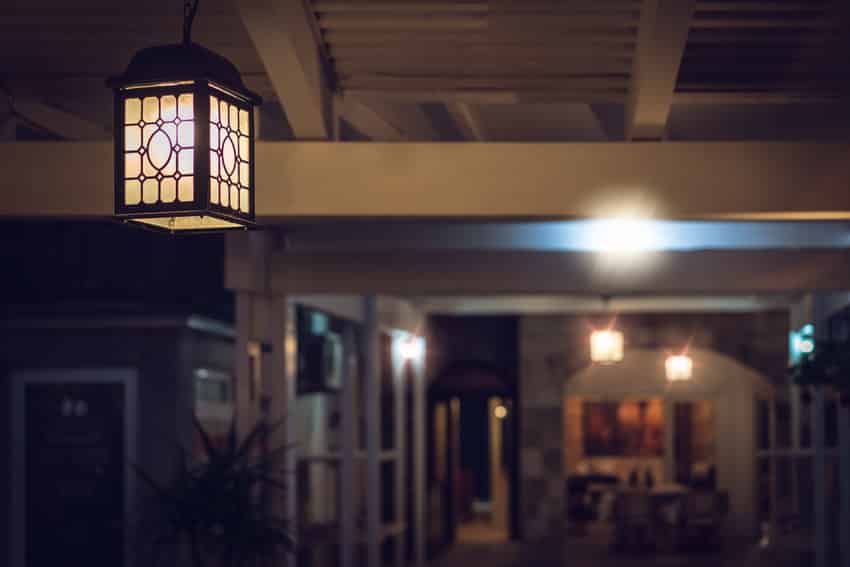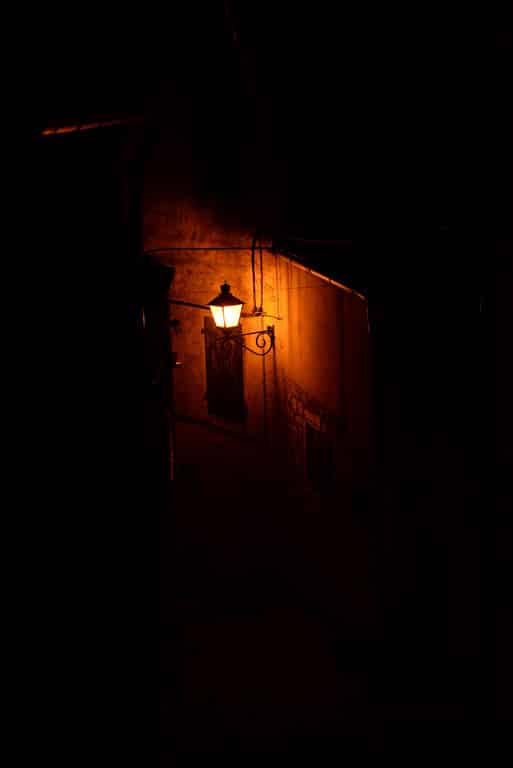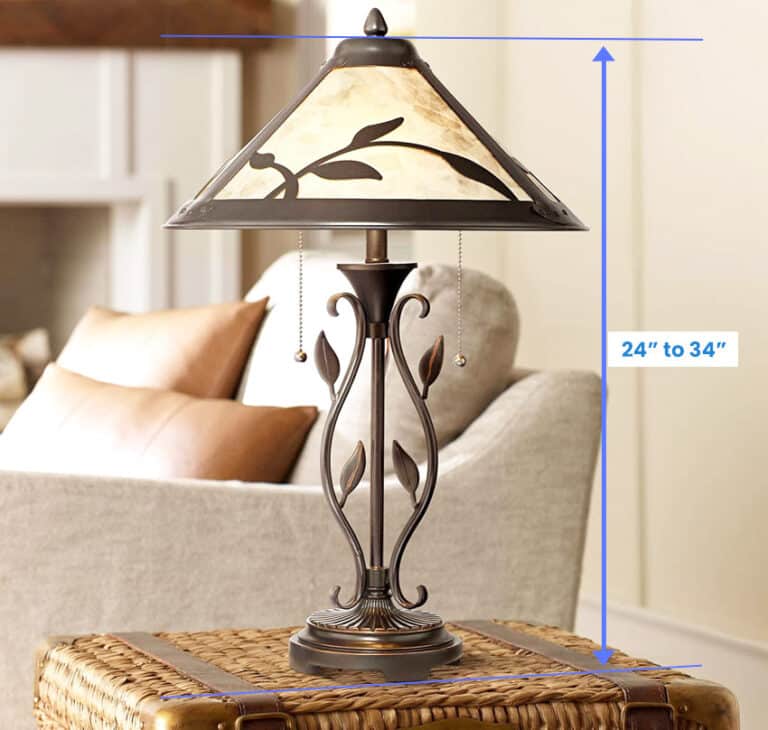What Do Different Porch Light Colors Mean?

Porch lights are typically white—cool white, natural white, or warm white. However, you may recall that years ago, homeowners used yellow “bug lights,” which are known to keep flying insects away. While the bulb’s color doesn’t keep bugs away, the color can actually send a message. Many homeowners use colored light bulbs according to the message, mood, or, feelings they want to convey to passers-by.
Color plays a large part in everyday life and affects how people feel and react. Some colors promote well-being and create a welcoming space for visitors. The psychology of color reports that different colors cause different reactions in people’s subconscious. Today’s trend is for homeowners to use different colored bulbs to represent a particular meaning. Depending on the color, they may be expressing their current mood or feelings. Some colors may honor a holiday or event. And some colors and options could even indicate a call for help. In this guide, we’ll explore what the different porch light colors mean and how the color affects both homeowners and visitors.
What Does a Red Porch Light Mean?
Every February is the American Heart Association’s Go Red for Women month. The Heart Association encourages everyone to wear red to raise awareness about heart disease. Many homeowners use a red light bulb to support the battle against heart disease. Red porch lights could inspire neighbors to follow along and support heart disease awareness.
February 14th is also Valentine’s Day, a great reason to illuminate the front of the home with red. And a red bulb is also great for Christmas.

Here are two historical reasons why red lights are not often used today. Many years ago, a red light would represent a brothel where men could go to enjoy the company of a woman. Also, in 2016, while gun control was a charged topic, a red bulb sent a message to people and police officers that the home had no guns inside. Today, red no longer represents either message.
What’s The Meaning Of A Blue Light
A blue porch light shows a message of respect and support for police officers. National Law Enforcement Appreciation Day was launched in 2015 to support police officers and their families.
Another organization, Concerns of Police Survivors (C.O.P.S.), began Project Blue Light after Dolly Craig lost her son-in-law in the line of duty. She displayed two blue lights in her window to honor her son-in-law and daughter, who were both killed in a car accident in 1988.

Blue also promotes relaxation, calmness, and peace. Similarly, blue became the official symbol of World Autism Awareness in 2007. The United Nations General Assembly declared April Autism Awareness Month, encouraging people to show their support by wearing blue. A home lit up by a blue light supports the efforts to recognize autism.
Purple Light Meaning
Purple is often associated with royalty or a position of a high calling, such as receiving the purple heart for bravery during the war. Purple can also invoke feelings of imagination and mystery.
However, in 2007, the Domestic Violence Task Force in Washington State chose to adopt the color purple to bring awareness to domestic violence. According to the C.D.C., “About 1 in 4 women and nearly 1 in 10 men have experienced domestic violence.”
Homeowners who use a purple bulb are letting people know they stand against domestic violence. They’re also sending a message that domestic violence is not tolerated in their homes.
Green Light Meaning
Green is associated with hope, renewal, and a feeling of wellness. It’s also a color representing November 11th, a day where the U.S. celebrates Veteran’s Day to honor those who have served and still serving our country.

The U.S. Military established “Greenlight a Vet,” a campaign to carry the shining of a green light all year to support veterans. Green, the standard color of fatigues, supports all military personnel and their families.
Meanwhile, March is also the celebration of St. Patrick’s Day, honoring St. Patrick, patron saint of Ireland. Displaying a green bulb in May also supports Lyme disease awareness.
Meaning For A Blinking Light
With the advent of smart technology, homeowners can purchase smart light bulbs for their porch. These bulbs are controlled by an app on either an iPhone or Android device, which allows homeowners to turn the bulb off and on, dim the brightness, and blink repeatedly.
A blinking porch light suggests someone in the home needs help. The blinking alerts the police or emergency response vehicle where the house is, which saves time and helps when a home is located in a rural area.
Of course, in the traditional sense, a blinking bulb can also simply signify a light bulb that is about to burn out and needs to be replaced. You should be able to tell the difference at a glance to determine if someone is truly in distress.
Mood Effects of Colored Porch Lighting
Because color affects our moods, porch light colors can likewise have an impact on neighbors or visitors. You may want to use a blue bulb to showcase a calm and welcoming home or a green porch light to offer visitors a feeling of hope and wellness.
Meanwhile, the color red has a broad spectrum of feelings associated with it, from love and romance to anger and rage. Use a red porch light during the months where it fits appropriately: December for the holidays, February for heart disease and Valentine’s Day, and November for Halloween.
Finally, a purple light can be euphoric as it invokes feelings of mystery and creativity. Nonetheless, choose a lighting color that sends a message or shows your support, or get creative and illuminate your porch with a color that inspires good feelings for others and yourself.






